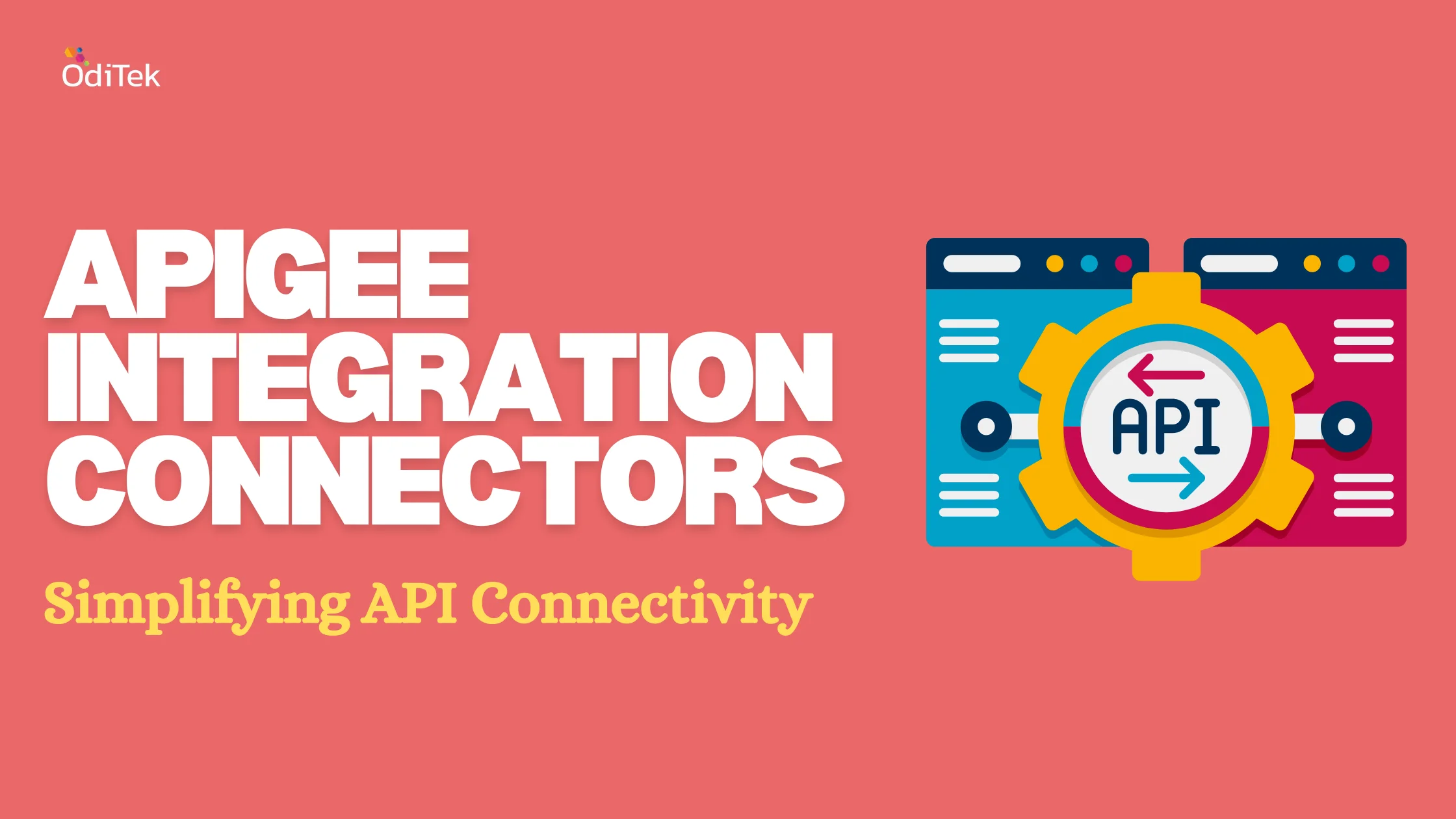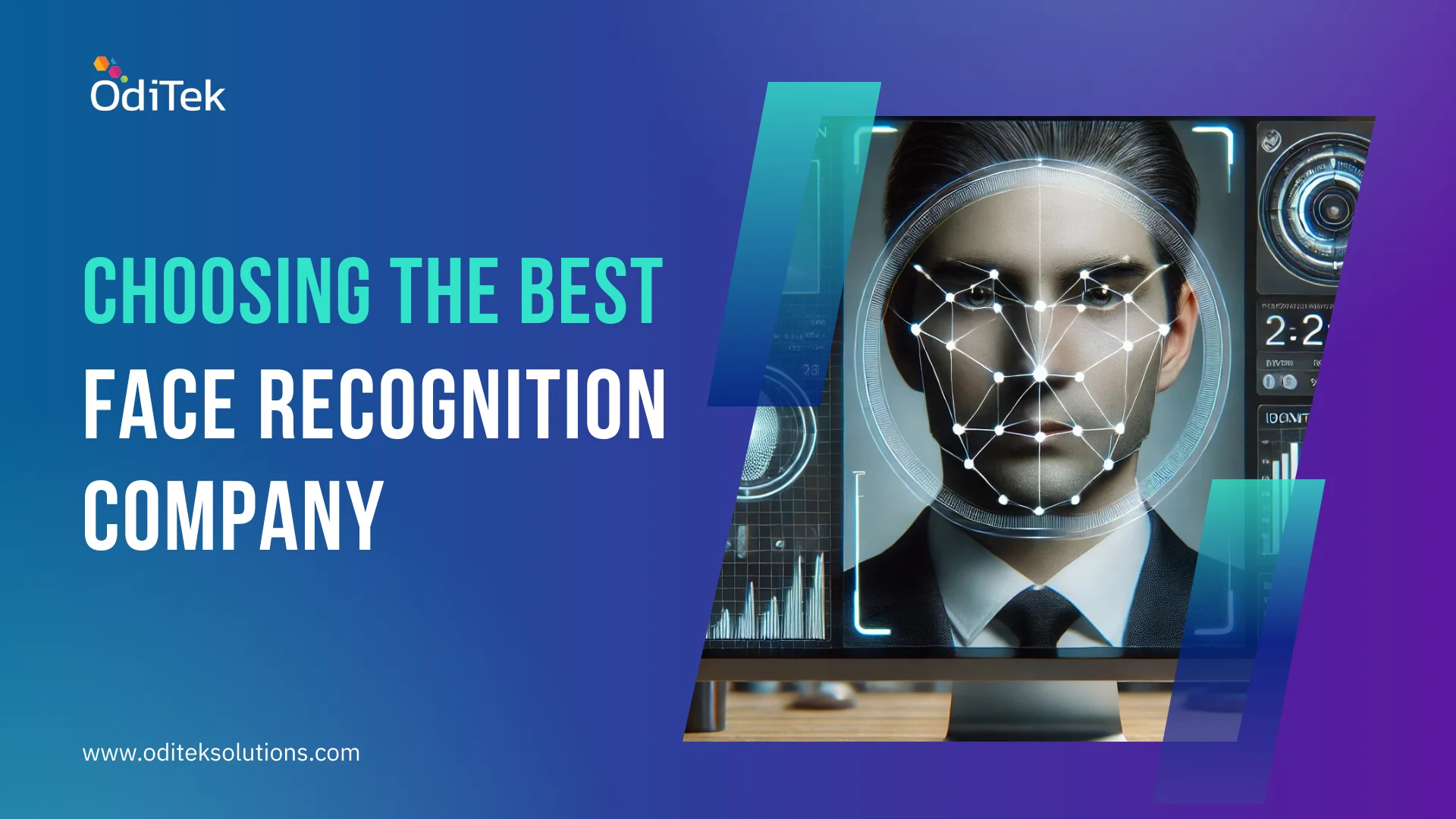Introduction-
Nowadays, it’s no longer about whether you have a Web site but rather how your Website represent your business, and whether you’re using the medium to its fullest potential. A Web site is a business’s face to the world; and as such, it must reflect the tone and style of the business in a professional and polished manner.
A professional Web site is a perfect marriage of form (how it looks) and function (what it does). The site must be aesthetically pleasing, and sometimes even entertaining, in order to catch the audience’s attention. But the site must also be informative and functional in order to provide value for the audience’s time and to get them to come back.Every significant web project poses unique challenges, but the overall process of developing a complex web site generally follows six major stages.
1.Site definition and planning-
This initial stage is where you define your goals and objectives for the web site
and begin to collect and analyze the information you’ll need to justify the budget and resources required. This is also the time to define the scope of the site content, the interactive functionality and technology support required, and the depth and breadth of information resources that you will need to fill out the site and meet your users’ expectations. If you are contracting out the production of the web site, you will also need to interview and select a site design firm. Ideally, your site designers should be involved as soon as possible in the planning discussions.
2.Information architecture-
At this stage you need to detail the content and organization of the web site. The
team should inventory all existing content, describe what new content is required, and define the organizational structure of the site. Once a content architecture has been sketched out, you should build small prototypes of parts of the site to test what it feels like to move around within the design. Site prototypes are useful for two reasons. First, they are the best way to test site navigation and develop the user interface. The prototypes should incorporate enough pages to assess accurately what it’s like to move from menus to content pages. These prototypes can be used to test the information architecture with users. Second, creating a prototype allows the graphic designers to develop relations between how the site looks and how the navigation interface supports the information design.
3.Site design-
At this stage the site acquires its look and feel, as the page grid, page design, and overall graphic design standards are created and approved. Now the illustrations, photography, and other graphic or audiovisual content for the site need to be commissioned and created. Research, writing, organizing, assembling, and editing the site’s text content is also performed at this stage. Any programming, database design and data entry, and search engine design should be well under way by now. The goal is to produce all the content components and functional programming and have them ready for the final production stage: the construction of the actual web site pages.
4.Site construction-
Only at this mature stage the site’s web pages constructed and filled out with
content. By waiting until you have a detailed site architecture, mature content
components, fully tested wire frames and prototypes, and a polished page design
specification you will minimize the content churning, redundant development efforts, and wasted energy that inevitably result from rushing to create pages too soon.Once the site has been constructed, with all pages completed and all database and programming components linked, it is ready for user testing. Testing should be done primarily by people outside your site development team who are willing to supply informed criticism and report programming bugs, note typographic errors, and critique the overall design and effectiveness of the site.
5.Site marketing-
Your web site should be an integral part of all marketing campaigns and corporate communications programs, and the URL for your site should appear on every piece of correspondence and marketing collateral your organization generates.If your web site is aimed primarily at local audiences you must look beyond getting listed in standard web indexes, such as Yahoo! and Google, and publicize your URL where local residents or businesses will encounter it. Local libraries, newspapers, and schools are often the key to publicizing a new web site within a specific locale.You may also find opportunities to cross-promote your site with affiliated businesses, professional organizations, broadcast or print media, visitor or local information agencies, real estate and relocation services, Internet access providers, and local city or town directory sites. Your organization could also feature local nonprofit charitable or school events on your web site.
6.Tracking, evaluation, and maintenance-
Your web server software can record an abundance of information about visitors to your site. Even the simplest site logs track how many people (unique visitors) saw your site over a given time, how many pages were requested for viewing, and many other variables. By analyzing the server logs for your web site you can develop quantitative data on the success of your site. The logs will tell you which pages were the most popular and what brands and versions of web browser people used to view your site. Server logs can also give you information on the geographic location of your site users. Detailed logs are the key to quantifying the success of a web site. Your webmaster should archive all site logs for long-term analysis and should be prepared to add or change the information categories being logged as your needs and interests change.Your site editor will need to be responsible for coordinating and vetting the new content stream, maintaining the graphic and editorial standards, and ensuring that the programming and linkages of all pages remain intact and functional.
A truly effective Web site reflects not only the image of the business, but also its
objectives.Settling for a cheap and amateurish site will devalue your business and can do more harm to your professional image and reputation than not having a Web site at all. Remember: Building a Web site might be easy, but building a good Web site is not.If your site is successful, it will quickly become an important record of your enterprise’s work, your accomplishments, and a valuable record of the “state of things” as the site evolves over time.
For more information regarding Best practices for developing a professional website, drop an Email- info@oditeksolutions.com







